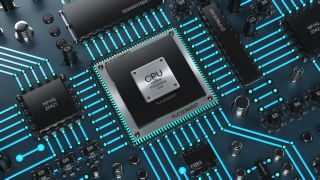Soluções de teste e medição para satisfazer as necessidades dos desenvolvedores de circuitos eletrônicos
O mundo de hoje é impulsionado pelas últimas tecnologias e tendências industriais e econômicas, como IoT, Indústria 4.0 e energia verde, por um lado; e por mudanças fundamentais no estilo de vida pessoal, como e-saúde, e-mobilidade, casas inteligentes, cidades inteligentes e mídia social, por outro lado. Todas estas tendências criam uma forte demanda por uma nova geração de dispositivos eletrônicos que atendam aos requisitos desafiadores de durabilidade, mobilidade, conectividade, desempenho, eficiência de energia, robustez e altas taxas de transferência de dados.
Como resultado direto dessas demandas, os engenheiros eletrônicos atualmente enfrentam desafios cada vez mais complexos ao projetar e desenvolver arquiteturas de placa integradas. Nossas soluções abrangentes e sofisticadas de teste e medição incluem equipamentos de laboratório clássicos, ferramentas manuais e atendem inúmeras aplicações para os setores de
- Testes e design analógicos/digitais
- Padrões de barramento e interface digitais
- Eletrônica de potência
- CATV/DOCSIS













